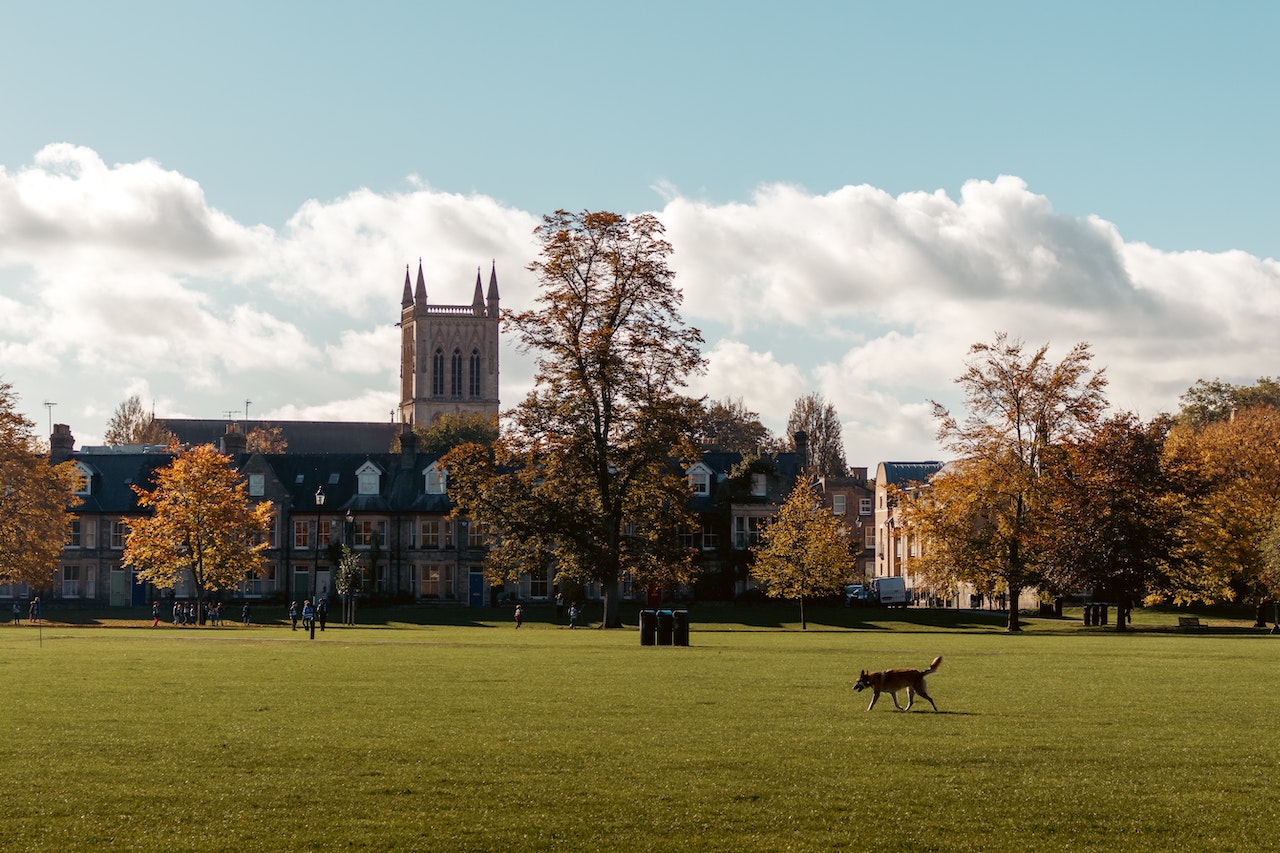Brief History of Cambridge or What is the Reason for Its Popularity
Cambridge is the quintessential English city, with a rural setting that boasts of expansive lawns, cows grazing wherever they wish, a serene river flowing through the city, and of course, the grand architecture of Cambridge University.
But why is it popular and what is the history behind this famous university city?
A Brief History of Cambridge
The original permanent settlers of Cambridge were Romans, who had built a settlement on Castle Hill. Originally called, “Granta Brygg,” the city was named after the river that flowed through the location, which was called “Granta.”
In 875, the Danes conquered Eastern England and founded the modern city of Cambridge. On the site, the Danes built a fortified town. However, during the 10th century, the Danes were captured by the Saxons. Soon after, though, the Danes returned and burnt the thatched-roof buildings constructed by the Saxons, burning the city to the ground.
A period of rebuilding soon occurred, and the city slowly flourished, particularly during the 13th century, due to trade being done on the river Ganta. The river flowed through another city, which was Kings Lynn, which contributed to the progress of Cambridge since goods were transported through the canal from the city to the city.
It was also during this time when the first buildings of Cambridge University started to get built. Soon, a city was formed around the university to cater to the needs of thousands of students who came to the location to earn their degrees. The town called “Granta Brygg,” then changed its name to Cambridge, with the river being renamed, River Cam.
The town flourished in the next century and its most famous image, the King’s College Chapel, began construction in 1446, with the first stone laid by Henry VI. The chapel was commissioned by a series of kings, with its completion occurring in 1515.
In the 16th century, the town was ravished by the plague, as with other cities in Europe. The city eventually bounced back in the 18th century, with several buildings constructed during this era. Some of these included the city’s first bank in 1780, the first hospital in 1766, and the first newspaper launched in 1744.
By 1845, the city became easily accessible to London by a railway that was built, ushering in a new era of trade and industry. This railway eventually stopped operating.
Although Cambridge enjoyed progress, development, and success as a town, it wasn’t until 1951 that it became officially registered as a city.
Why is Cambridge Popular?
Aside from being the perfect epitome of what an English town is, Cambridge is globally popular because of its university, Cambridge University. With over 31 colleges around the city, the university practically owns most of its land.
A total of 96 Nobel Prize winners either graduated from the university or were associated with the academic institution. Some of the most notable graduates of the university include Isaac Newton, Charles Darwin, Lord Byron, and Stephen Hawking. The university is also considered to be one of the top universities in the world, alongside its British rival, Oxford.
The school is not the only highlight of Cambridge. The River Cam offers a unique opportunity for locals and tourists to enjoy the sights and sounds of the city, where people ride a “punt,” or a small boat being driven by a driver who uses a pole to direct the passengers through the waterway.
One of the highlights of punting is floating along the waterway in front of the King’s College Chapel, considered to be one of the best examples of Gothic architecture in Europe.
Other attractions to see in Cambridge include the Fitzwilliam Museum, built in 1816, and boasts of over half a million artworks from artists all over the world. Some of their most impressive collections feature the work of Van Gogh, Picasso, Monet, and Cezanne, among hundreds of other famous painters.
The University Botanic Gardens is another attraction the city is proud of, featuring over 8000 species of plants and offering a respite for students who want to step away from the hustle of the university, or for tourists who want to explore an outdoor excursion.
Pubs, libraries, a daily outdoor market, and quaint little shops on cobblestone streets are also part of the charm of this university city, where locals, students, and tourists get to rub shoulder to shoulder. People who visit Cambridge are more than in for a treat – but visiting the city is more like stepping back in time while being immersed in the general air of academic excellence.
